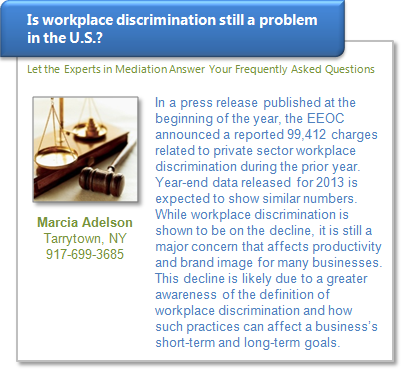
Image courtesy of stockimages / freedigitalphotos.net
A recent Pew Hispanic Center report suggests that there are approximately 52 million Latinos in the U.S. This number represents 17 percent of the total population of the country and has increased significantly over the past decades, making bilingual services absolutely necessary in the country to address this segment’s legal needs. Bilingual mediation is one such service, and as an increasing number of people learn about the unique benefits of mediation over litigation, those same people are seeking bilingual mediation services to resolve their legal issues.
The states that are seeing the most demand for bilingual mediation services are California (with 28% of the country’s Hispanic population), Florida (8 %), Texas (19%), New York (7%) and Illinois (4%). Within these states and others, mediators are bridging the gap created by language and cultural barriers to assist with the successful and peaceful resolution of legal disputes. Bilingual mediators are trained in the unique cultural differences that could be present in legal disputes involving one or more Hispanic parties, particularly if the English skills of those parties are limited.
The reason bilingual mediation services are so desperately needed go beyond simple language barriers—without a mediator who can communicate effectively with his or her clients, the concept of receiving fair and nonbiased advice falls apart. With language barriers present in mediation, and if one party feels its voice is not being adequately and correctly heard, the foundation of the process of mediation is disrupted. This is because in mediation, everyone is heard and everyone has the opportunity to state his or her side of the dispute.
A bilingual mediator should have strong negotiation and dispute resolution skills, and he or she should also be able to provide support to various ethnic and cultural backgrounds, ensuring that the process and benefits of mediation effectively translate across language barriers.










